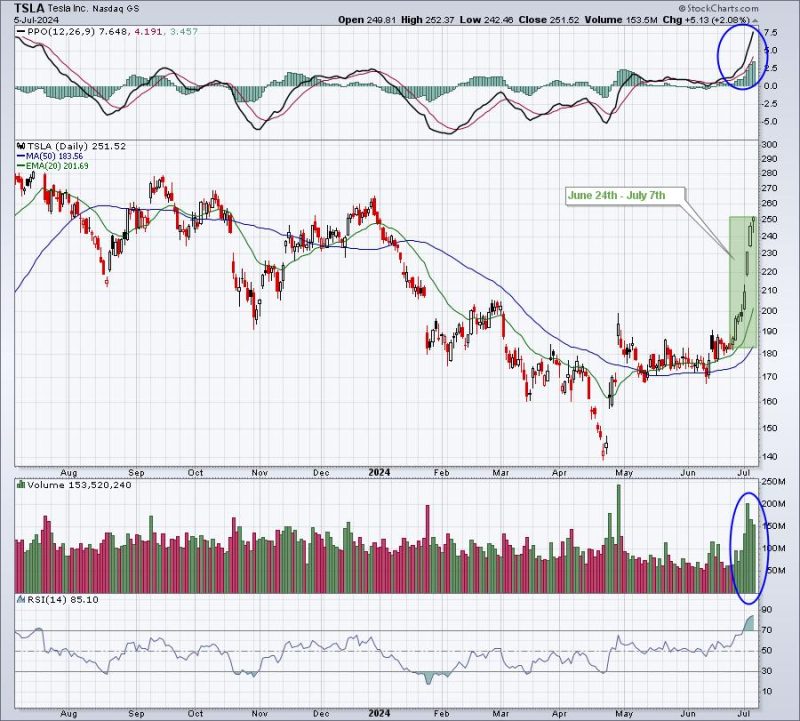In the world of investing, knowing how a company’s stock may perform before its earnings are released can provide a significant advantage. By analyzing historical data and trends, investors can make more informed decisions about when to buy or sell a stock in anticipation of its earnings report. In this article, we will explore the concept of pre-earnings moves and how studying past performance can help predict future outcomes.
Pre-earnings moves refer to the fluctuations in a company’s stock price leading up to its earnings announcement. These moves can be influenced by a variety of factors, such as market sentiment, industry trends, and analyst expectations. By examining historical data, investors can identify patterns and tendencies that may indicate how a stock will behave prior to its earnings report.
One way to analyze pre-earnings moves is to look at price action leading up to previous earnings announcements. By studying how a stock has reacted in the past, investors can gain insights into how it may perform in the future. For example, if a stock typically experiences a significant run-up in the weeks before its earnings report, investors may consider buying in early to capitalize on potential gains.
Another important factor to consider when predicting pre-earnings moves is market sentiment and analyst expectations. If analysts are bullish on a stock and expect strong earnings results, this positive sentiment may be reflected in the stock price before the earnings announcement. Conversely, if there is uncertainty or pessimism surrounding a company’s earnings prospects, the stock price may decline in the days leading up to the report.
It is also crucial to consider broader market trends and industry dynamics when forecasting pre-earnings moves. External factors, such as economic indicators, geopolitical events, and sector-specific news, can all influence how a stock behaves before its earnings announcement. By staying informed about these factors and conducting thorough research, investors can better anticipate pre-earnings moves and adjust their investment strategy accordingly.
In conclusion, analyzing pre-earnings moves can provide valuable insights for investors looking to navigate the stock market effectively. By studying historical data, market sentiment, and industry trends, investors can make more informed decisions about when to buy or sell a stock in anticipation of its earnings report. While predicting pre-earnings moves is not an exact science, conducting thorough research and staying attuned to market conditions can help investors position themselves for success in the ever-changing world of investing.

